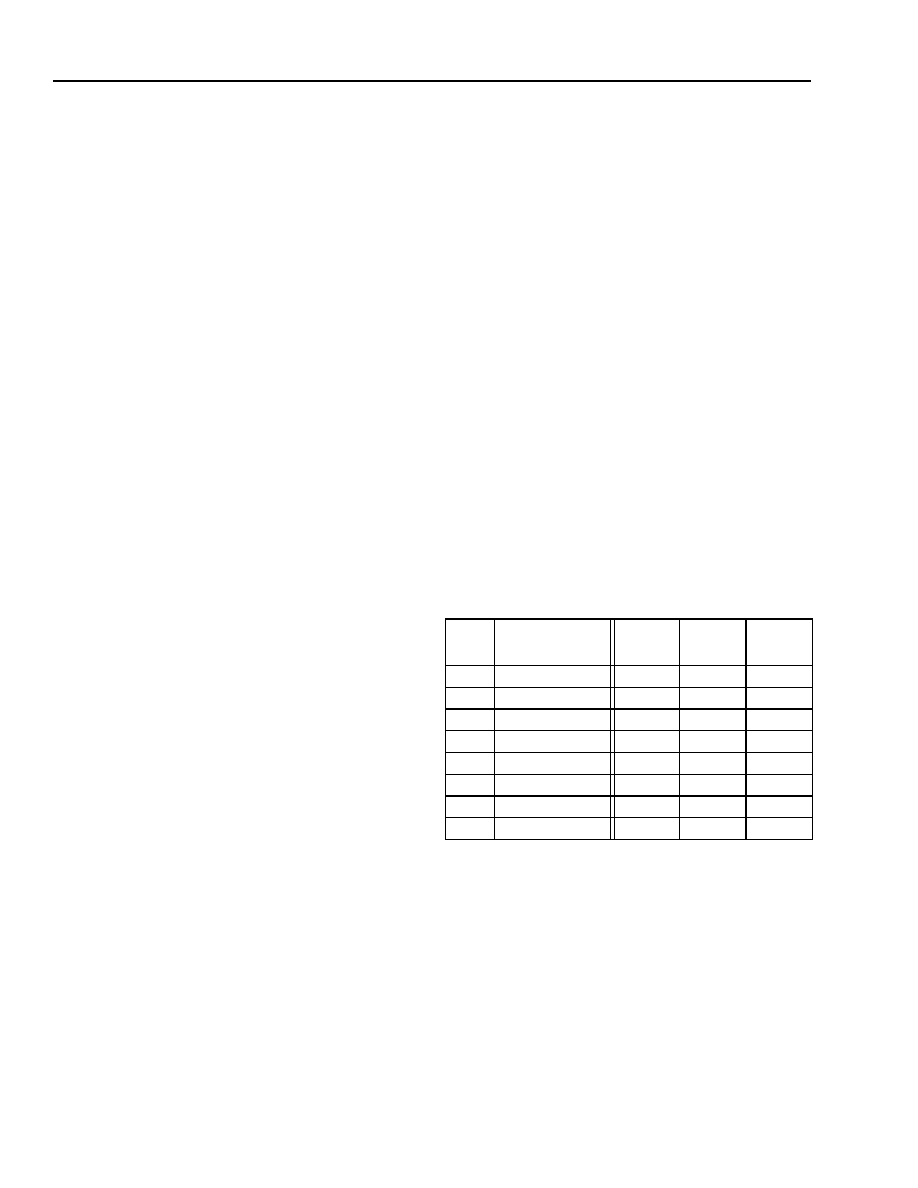- 您現(xiàn)在的位置:買賣IC網(wǎng) > PDF目錄299576 > OR3T125-6B432 FPGA, 784 CLBS, 92000 GATES, PBGA432 PDF資料下載
參數(shù)資料
| 型號: | OR3T125-6B432 |
| 元件分類: | FPGA |
| 英文描述: | FPGA, 784 CLBS, 92000 GATES, PBGA432 |
| 封裝: | BGA-432 |
| 文件頁數(shù): | 90/210頁 |
| 文件大?。?/td> | 2138K |
| 代理商: | OR3T125-6B432 |
第1頁第2頁第3頁第4頁第5頁第6頁第7頁第8頁第9頁第10頁第11頁第12頁第13頁第14頁第15頁第16頁第17頁第18頁第19頁第20頁第21頁第22頁第23頁第24頁第25頁第26頁第27頁第28頁第29頁第30頁第31頁第32頁第33頁第34頁第35頁第36頁第37頁第38頁第39頁第40頁第41頁第42頁第43頁第44頁第45頁第46頁第47頁第48頁第49頁第50頁第51頁第52頁第53頁第54頁第55頁第56頁第57頁第58頁第59頁第60頁第61頁第62頁第63頁第64頁第65頁第66頁第67頁第68頁第69頁第70頁第71頁第72頁第73頁第74頁第75頁第76頁第77頁第78頁第79頁第80頁第81頁第82頁第83頁第84頁第85頁第86頁第87頁第88頁第89頁當(dāng)前第90頁第91頁第92頁第93頁第94頁第95頁第96頁第97頁第98頁第99頁第100頁第101頁第102頁第103頁第104頁第105頁第106頁第107頁第108頁第109頁第110頁第111頁第112頁第113頁第114頁第115頁第116頁第117頁第118頁第119頁第120頁第121頁第122頁第123頁第124頁第125頁第126頁第127頁第128頁第129頁第130頁第131頁第132頁第133頁第134頁第135頁第136頁第137頁第138頁第139頁第140頁第141頁第142頁第143頁第144頁第145頁第146頁第147頁第148頁第149頁第150頁第151頁第152頁第153頁第154頁第155頁第156頁第157頁第158頁第159頁第160頁第161頁第162頁第163頁第164頁第165頁第166頁第167頁第168頁第169頁第170頁第171頁第172頁第173頁第174頁第175頁第176頁第177頁第178頁第179頁第180頁第181頁第182頁第183頁第184頁第185頁第186頁第187頁第188頁第189頁第190頁第191頁第192頁第193頁第194頁第195頁第196頁第197頁第198頁第199頁第200頁第201頁第202頁第203頁第204頁第205頁第206頁第207頁第208頁第209頁第210頁

18
Lucent Technologies Inc.
Preliminary Data Sheet, Rev. 1
ORCA Series 3 FPGAs
September 1998
Programmable Logic Cells (continued)
Supplemental Logic and Interconnect Cell
(SLIC)
Each PLC contains a supplemental logic and intercon-
nect cell (SLIC) embedded within the PLC routing, out-
side of the PFU. As its name indicates, the SLIC
performs both logic and interconnect (routing) func-
tions. Its main features are 3-statable, bidirectional
buffers, and a
PAL-like decoder capability. Figure 11
shows a diagram of a SLIC with all of its features
shown. All modes of the SLIC are not available at one
time.
Each SLIC contains ten bidirectional (BIDI) buffers,
each buffer capable of driving left and/or right out of the
SLIC. These BIDI buffers are twin-quad in nature and
are segregated into two groups of four (nibbles) and a
third group of two for control. Each of these groups of
BIDIs can drive from the left (BLI[9:0]) to the right
(BRO[9:0]), the right (BRI[9:0]) to the left (BLO[9:0]), or
from the central input (I[9:0]) to the left and/or right.
This central input comes directly from the PFU outputs
(O[9:0]). Each of the BIDIs in the nibble-wide groups
also has a 3-state buffer capability, but not the third
group.
There is one 3-state control (TRI) for each SLIC, with
the capability to invert or disable the 3-state control for
each group of four BIDIs. Separate 3-state control for
each nibble-wide group is achievable by using the
SLIC’s decoder (DEC) output, driven by the group of
two BIDIs, to control the 3-state of one BIDI nibble
while using the TRI signal to control the 3-state of the
other BIDI nibble. Figure 12 and Figure 13 show the
SLIC in buffer mode with available 3-state control from
the TRI and DEC signals. If the entire SLIC is acting in
a buffer capacity, the DEC output may be used to gen-
erate a constant logic 1 (VHI) or logic 0 (VLO) signal for
general use.
The SLIC may also be used to generate
PAL-like AND-
OR with optional INVERT (AOI) functions or a decoder
of up to 10 bits. Each group of buffers can feed into an
AND gate (4-input AND for the nibble groups and 2-
input AND for the other two buffers). These AND gates
then feed into a 3-input gate that can be configured as
either an AND gate or an OR gate. The output of the 3-
input gate is invertible and is output at the DEC output
of the SLIC. Figure 16 shows the SLIC in full decoder
mode.
The functionality of the SLIC is parsed by the two
nibble-wide groups and the 2-bit buffer group. Each of
these groups may operate independently as BIDI buff-
ers (with or without 3-state capability for the nibble-
wide groups) or as a
PAL/decoder.
As discussed in the memory mode section, if the SLIC
is placed into one of the modes where it contains both
buffers and a decode or AOI function (e.g.,
BUF_BUF_DEC mode), the DEC output can be gated
with the 3-state input signal. This allows up to a 6-input
decode (e.g., BUF_DEC_DEC mode) plus the 3-state
input to control the enable/disable of up to four buffers
per SLIC. Figure 12 through Figure 16 show several
configurations of the SLIC, while Table 6 shows all of
the possible modes.
Table 6. SLIC Modes
Mode
#
Mode
BUF
[3:0]
BUF
[7:4]
BUF
[9:8]
1
BUFFER
Buffer
2
BUF_BUF_DEC
Buffer
Decoder
3
BUF_DEC_BUF
Buffer
Decoder
Buffer
4
BUF_DEC_DEC
Buffer
Decoder Decoder
5
DEC_BUF_BUF
Decoder
Buffer
6
DEC_BUF_DEC Decoder
Buffer
Decoder
7
DEC_DEC_BUF Decoder Decoder
Buffer
8
DECODER
Decoder Decoder Decoder
相關(guān)PDF資料 |
PDF描述 |
|---|---|
| OR3T125-6B600 | FPGA, 784 CLBS, 92000 GATES, PBGA600 |
| OR3T165-4B432 | FPGA, 1024 CLBS, 120000 GATES, PBGA432 |
| OR3T165-4B600 | FPGA, 1024 CLBS, 120000 GATES, PBGA600 |
| OR3T165-4BA352I | FPGA, 1024 CLBS, 120000 GATES, PBGA352 |
| OR3T165-4BA352 | FPGA, 1024 CLBS, 120000 GATES, PBGA352 |
相關(guān)代理商/技術(shù)參數(shù) |
參數(shù)描述 |
|---|---|
| OR3T125-6BA352 | 制造商:AGERE 制造商全稱:AGERE 功能描述:3C and 3T Field-Programmable Gate Arrays |
| OR3T1256BA352-DB | 功能描述:FPGA - 現(xiàn)場可編程門陣列 6272 LUT 342 I/O RoHS:否 制造商:Altera Corporation 系列:Cyclone V E 柵極數(shù)量: 邏輯塊數(shù)量:943 內(nèi)嵌式塊RAM - EBR:1956 kbit 輸入/輸出端數(shù)量:128 最大工作頻率:800 MHz 工作電源電壓:1.1 V 最大工作溫度:+ 70 C 安裝風(fēng)格:SMD/SMT 封裝 / 箱體:FBGA-256 |
| OR3T125-6BA352I | 制造商:AGERE 制造商全稱:AGERE 功能描述:3C and 3T Field-Programmable Gate Arrays |
| OR3T1256BA352I-DB | 功能描述:FPGA - 現(xiàn)場可編程門陣列 6272 LUT 342 I/O RoHS:否 制造商:Altera Corporation 系列:Cyclone V E 柵極數(shù)量: 邏輯塊數(shù)量:943 內(nèi)嵌式塊RAM - EBR:1956 kbit 輸入/輸出端數(shù)量:128 最大工作頻率:800 MHz 工作電源電壓:1.1 V 最大工作溫度:+ 70 C 安裝風(fēng)格:SMD/SMT 封裝 / 箱體:FBGA-256 |
| OR3T125-6BC432 | 制造商:AGERE 制造商全稱:AGERE 功能描述:3C and 3T Field-Programmable Gate Arrays |
發(fā)布緊急采購,3分鐘左右您將得到回復(fù)。